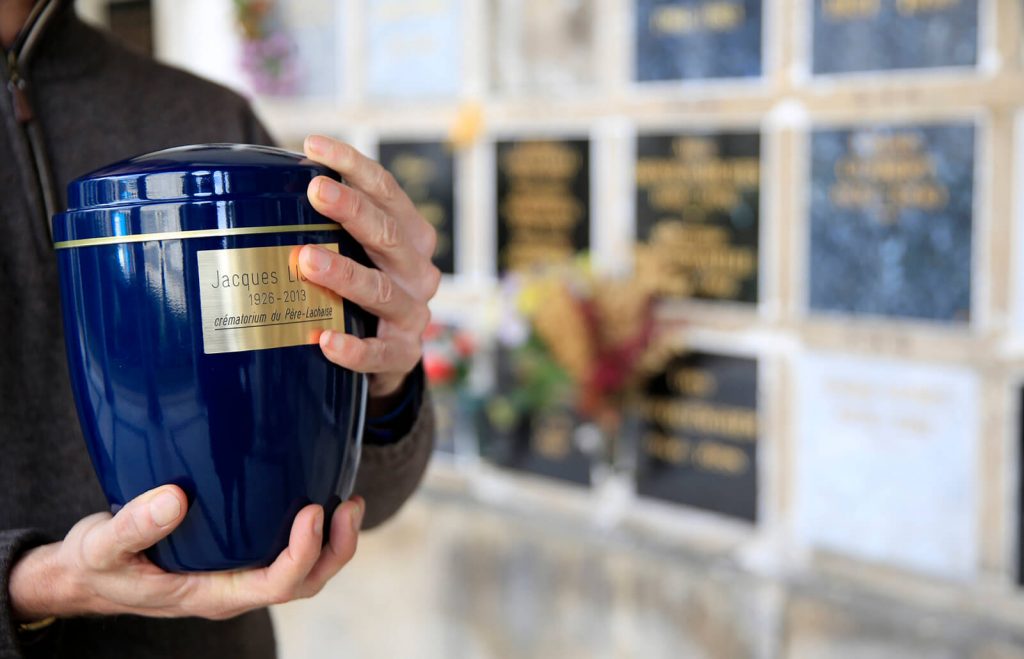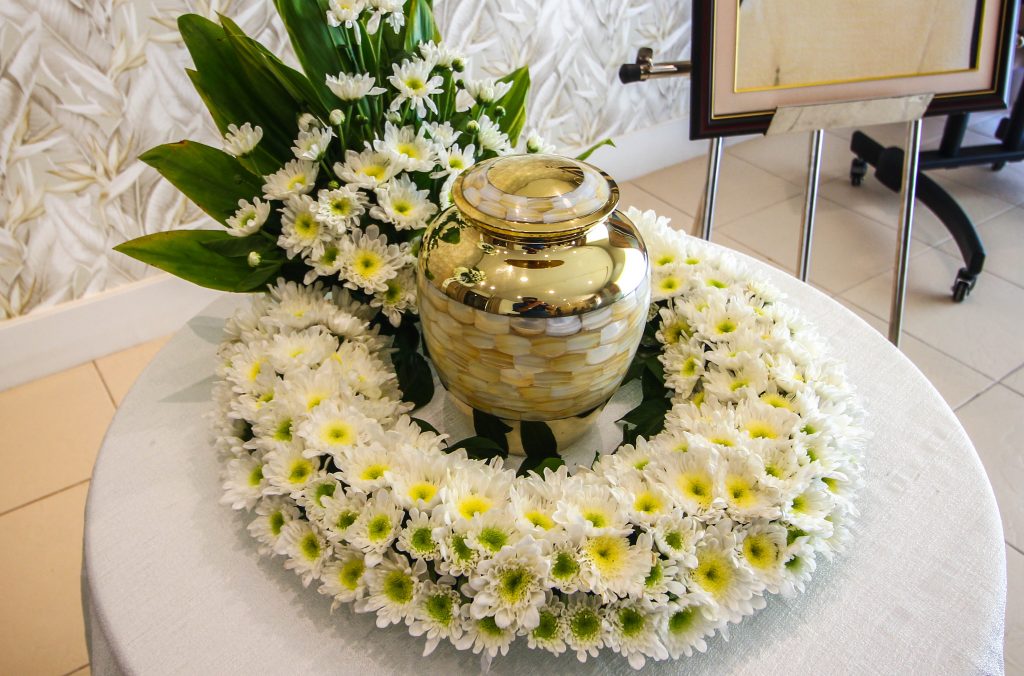The Cremation vs. Burial Debate
A Tapestry of Remembrance: Memorialization Choices in Cremation
n the discourse surrounding end-of-life arrangements, few topics evoke as much contemplation and discussion as the choice between cremation and burial. Each option carries its own set of implications and sentiments, prompting individuals and families to weigh various factors before making a decision that aligns with their beliefs and preferences. In this exploration, we delve into the complexities of the cremation vs. burial debate, aiming to provide clarity and understanding to those navigating this significant aspect of life’s journey.
1. Scattering Ashes: Embracing the Elements

Cremation offers a unique and liberating choice of scattering the ashes in meaningful locations. Whether it’s a serene mountaintop, a favorite beach, or a cherished garden, scattering provides a profound connection between the departed and the elements.
2. Memorial Jewelry: A Timeless Keepsake
For those seeking a tangible and lasting connection, memorial jewelry has gained popularity. Infused with a portion of cremains, these personalized pieces become cherished keepsakes. Above all, it allows loved ones to carry the memory close to their hearts.
3. Memorial Gardens: A Living Tribute
Creating memorial gardens, adorned with plaques or personalized markers, provides a beautiful and enduring tribute to the departed. In this case, families can visit these serene spaces, fostering a sense of connection and continuity.
4. Cremation Urns: A Display of Elegance
Cremation urns come in various designs, materials, and sizes, offering a wide range of choices to reflect the personality and preferences of the departed. These elegant vessels can be displayed at home or placed in columbariums for a more communal resting place.
Time-Honored Traditions: Memorialization in Traditional Burial

1. Headstones and Monuments: Anchors of Legacy
One of the enduring traditions of burial is the use of headstones and monuments. These physical markers not only signify the final resting place but also serve as a testament to the life and legacy of the departed.
2. Mausoleums: Architectural Grandeur
For those who seek a more substantial and architectural tribute, mausoleums offer a dignified resting place. These structures not only provide a sense of grandeur but also a sheltered space for families to gather and reflect.
3. Memorial Parks: Communal Reflection
Burial in memorial parks creates a communal space where families can come together to reflect and remember. Landscaped with care, these parks become peaceful havens for honoring the departed.
4. Burial Grounds: Preserving Tradition
Choosing a traditional burial ground allows families to partake in time-honored practices, contributing to the preservation of cultural and religious traditions. The permanence of these grounds fosters a sense of continuity.
The Intersection of Choice and Meaning

Whether opting for the myriad options of memorialization in cremation or the timeless traditions of burial, the key lies in aligning choices with the emotional, spiritual, and cultural needs of the grieving family. Memorialization is a canvas where families can paint a picture of remembrance, honoring the lives that have touched theirs.
As you navigate the delicate decisions surrounding the final farewell, consider not only the practical aspects but also the profound symbolism that each choice entails. In the end, the memorialization chosen should serve as a meaningful tribute, encapsulating the essence of the departed’s life and the love that endures beyond the earthly realm.












